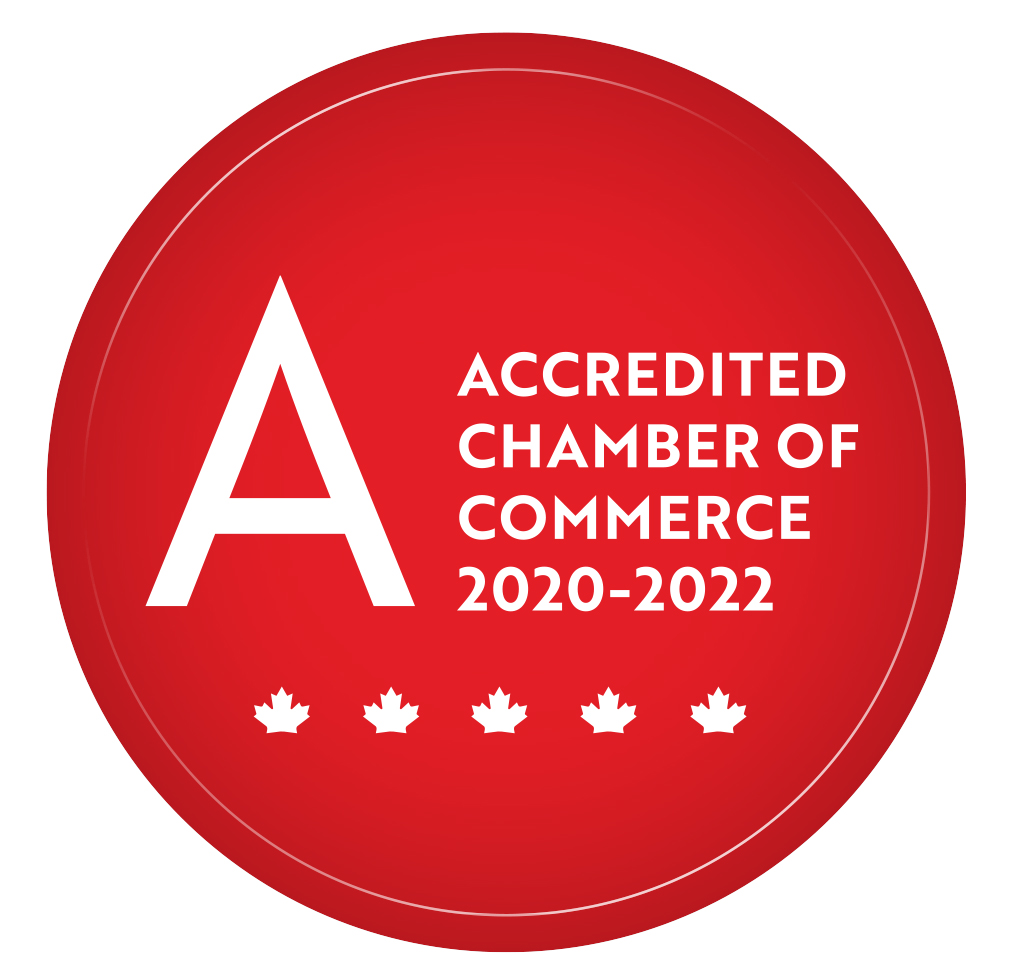On Monday, October 5th, the Government of Canada announced the conclusion of negotiations on the Trans-Pacific Partnership (TPP). Here is what you need to know:
What is the Trans-Pacific Partnership?
The Trans-Pacific Partnership is a free trade agreement among Canada and 11 other nations located around the Pacific: Australia, Brunei, Chile, Japan, Malaysia, Mexico, New Zealand, Peru, Singapore, the United States, and Vietnam. Together, TPP members represent 800 million people and a combined GDP of $28.5 trillion, or about 40 percent of global economic output.
The TPP is the most comprehensive trade agreement in the world and includes chapters related to market access, technical barriers to trade, rules of origin, e-commerce, labour, environment, dispute settlement, among other subjects.
Important Highlights
On the whole, the TPP will provide Ontario businesses with increased market access opportunities to economies with historically high trade barriers, like Japan, and rapidly growing economies like Malaysia and Vietnam. Tariffs on imports for many products (e.g. industrial goods, agriculture, fish and seafood, forestry, etc.) will be eliminated or reduced immediately or soon after the TPP comes into force.
The TPP also contains provisions that require member nations to commit to basic labour and environmental standards. Some TPP participants will be undertaking these commitments for the first time.
Automotive Manufacturing
Rule of origin (i.e. domestic content rules) provision has been reduced from NAFTA levels
To sell a vehicle in a TPP member nation duty-free, 45% of the value of that vehicle must originate within the TPP.
To sell a vehicle part, 40-45% of the value must originate from within the TPP.
This is a reduction from the rule of origin provision under NAFTA, which is 62.5%. But it represents an increase from the 30% value that was previously agreed to by the US and Japan.
Canadian tariff on foreign automotive vehicle imports will be eliminated
Canada’s current on auto vehicle imports will be phased out over five years.
This phase out will be out-of-sync with the US, which will phase out its tariff over a much longer time period (estimates are 25 years).
The TPP includes a couple of safeguards for Canada. It can reinstitute its tariff if: 1) market access for Canadian vehicles is impeded in Japan; 2) there is a surge of Japanese autos into the Canadian market, to the detriment of local production.
Agriculture and Agri-food
Supply-managed markets are opened, but farmers provided with compensation
TPP-member countries will be provided duty-free access to 3.25% of Canada’s dairy market, about 2% of the poultry market, and slightly higher than 2% for the egg market.
Canada will provide a compensation package for supply-managed farmers of $4.3 billion over 15 years. Most of this money ($2.4 billion) will fund an income guarantee program–it will preserve 100% of farmers’ income for 10 years and provide tapered funding for the remaining five years. There will also be a $450 million Processor Modernization Program to support investments that advance competitiveness and growth.
Tariffs on food imports are being dramatically cut
The TPP opens up big markets like Japan, Malaysia, and Vietnam to agricultural exporters.
Japan and Vietnam in particular currently impose very high tariffs on agriculture and agri-food products.
Pharmaceuticals (biologics)
Under the TPP, there will be no change for the treatment of biologics in Canada
The TPP sets a common standard, with which Canada’s regime is already compatible.
State-owned Enterprises
TPP levels the playing field between state-owned and private businesses
Under the TPP, state-owned enterprises will not be allowed to enter markets with private sector players if they receive financial or regulatory benefits from their home countries.
What’s next?
The full text of the TPP has not yet been released–parties are working to have that document available publicly as soon as possible. The TPP still needs to be approved by the individual legislatures in all TPP-member countries.
The post The Trans-Pacific Partnership: What you need to know appeared first on Ontario Chamber of Commerce.













